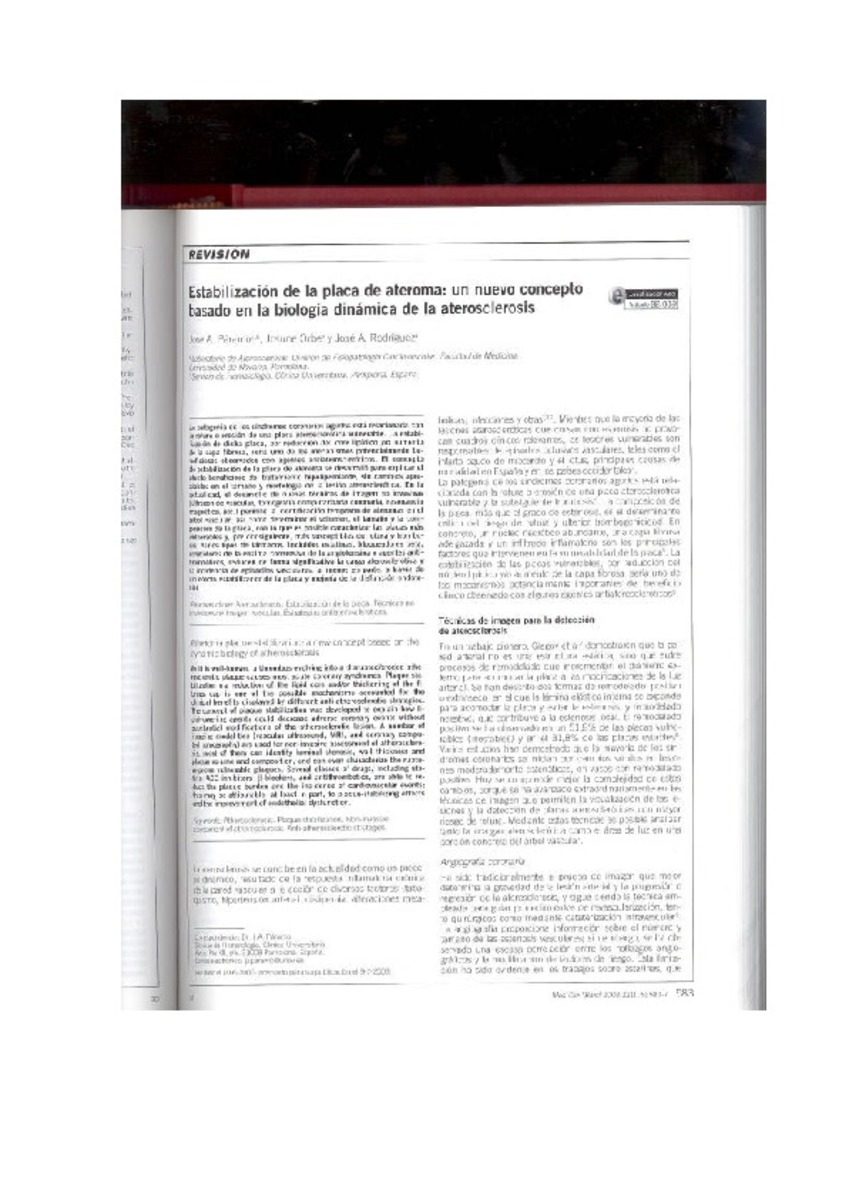Estabilización de la placa de ateroma: un nuevo concepto basado en la biología dinámica de la aterosclerosis
Keywords:
Aterosclerosis
Estabilización de la placa
Técnicas no invasivas de imagen vascular
Estrategias antiateroscleróticas
Citation:
Paramo JA, Orbe J, Rodriguez JA. Estabilización de la placa de ateroma: un nuevo concepto basado en la biología dinámica de la aterosclerosis. Med Clin (Barc) 2003 Nov 1;121(15):583-587.
Statistics and impact
0 citas en

0 citas en

Items in Dadun are protected by copyright, with all rights reserved, unless otherwise indicated.







